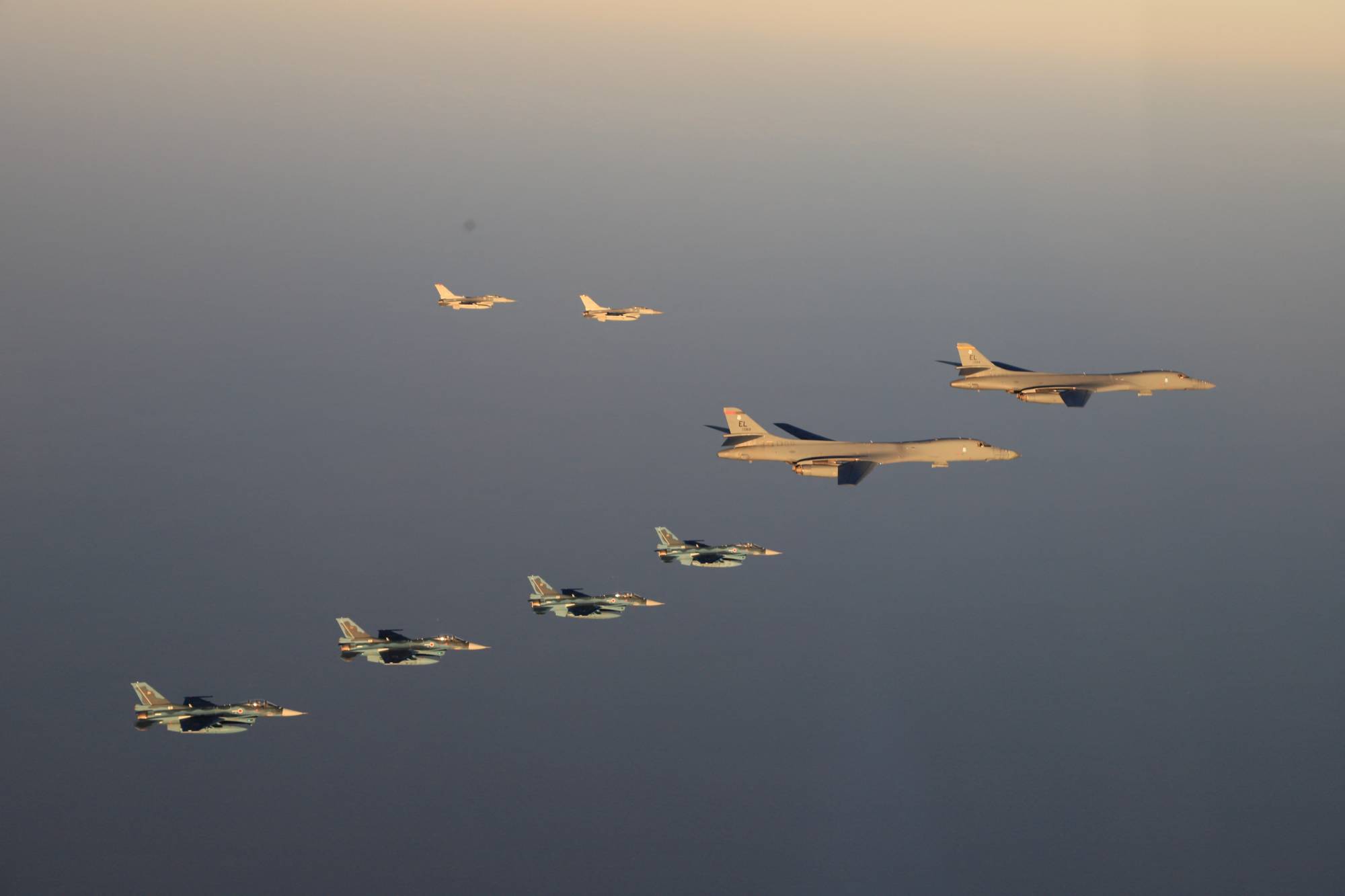North Korea fired off four short-range ballistic missiles into the Yellow Sea on Saturday, Seoul said, as the U.S. deployed two B-1B bombers for joint military drills with South Korea.
The South Korean military said it had detected the launches from the Tongrim county area in the country’s northwest, near its border with China, between around 11:32 a.m. and 11:59 a.m., the Yonhap news agency reported.
The missiles flew about 130 kilometers, hitting a maximum altitude of 20 km with a top speed of Mach 5.



















With your current subscription plan you can comment on stories. However, before writing your first comment, please create a display name in the Profile section of your subscriber account page.